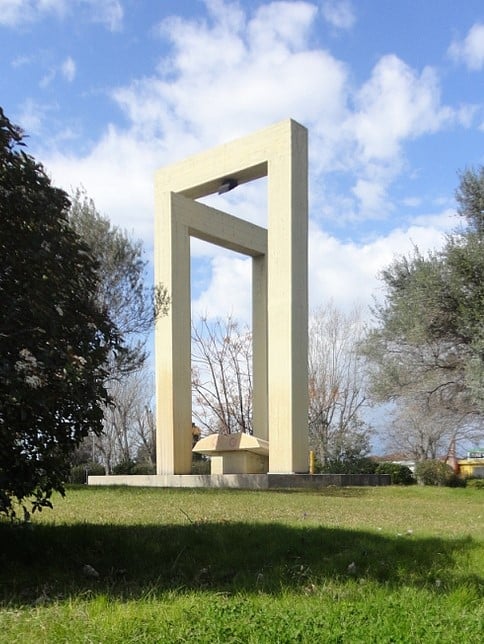Τη Δευτέρα 16 Μαῒου, ώρα 6:00 μμ, θα πραγματοποιηθεί τηλεδιάλεξη με θέμα:
“Addressing nuclear legacy contamination in the United States: overview of the environmental and analytical challenges in the largest environmental cleanup program in the world”
Προσκεκλημένος ομιλητής: Vasileios Anagnostopoulos, Assistant Professor, Department of Chemistry, University of Central Florida.
Η τηλεδιάλεξη πραγματοποιείται στο πλαίσιο του μεταπτυχιακού προγράμματος ‘Αναλυτική Χημεία & Νανοτεχνολογία’, καλύπτει διεπιστημονική ερευνητική δραστηριότητα με ιδιαίτερη κοινωνική απήχηση και απευθύνεται σε ευρύ ακροατήριο.
Σύνδεσμος:
https://upatras-gr.zoom.us/j/96020984114?pwd=ZTJuaFRtdTRGOW9aaC9FbmJralZTUT09
Meeting ID: 960 2098 4114
Passcode: 254846
Biography
Professor Anagnostopoulos received his B.Sc. in Chemistry from University of Patras and M.Sc. in Environmental Analysis and Ph.D. in Radiochemistry in 2010 and 2012, respectively, from the same institution. He conducted his postdoctoral studies at Florida International University in Miami in projects funded by Department of Energy – Office of Environmental Management. He is currently Assistant Professor at the Department of Chemistry at the University of Central Florida, where he leads the Radiochemistry program. The University of Central Florida is the largest institution in enrollment in the U.S. (~68000 students) and official partner of NASA (located a short drive from NASA’s facilities at Cape Canaveral, Florida). His group’s research focuses on environmental radiochemistry, nuclear fuel disposal and design of materials for radionuclide retardation, as well as nuclear forensics. His research portfolio includes projects funded by the U.S. Department of Energy, the U.S. Nuclear Regulatory Commission and he is part of the University – National Nuclear Security Agency consortium.
Abstract
In the United States, there are several sites that are contaminated with radionuclides, legacy of nuclear operations of the Manhattan project during Cold War. These sites are managed by the U.S. Department of Energy and the remediation operations are currently the largest environmental cleanup program in the world. This presentation will provide a brief overview of the legacy contamination and the diverse challenges that come with it from a scientific (e.g. environmental and analytical) point of view, as well as regulatory standpoint. Specifically, it will focus on the studies of the Anagnostopoulos Research Group in interface redox chemistry and how it affects radionuclide fate in the environment and the development of analytical tools for accurate radionuclide speciation in the environment at trace levels. Emphasis will be given to the geochemistry of natural strong oxidizing agents such as manganese oxides and aqueous complexes, that influence the stability of any redox sensitive metal and metalloid reduced species, such as technetium (Tc-99), radioiodine (I-129) and uranium, all major risk driving contaminants across the Department of Energy Nuclear Legacy Sites complex. All these entities can change redox state depending on the environmental conditions and interactions with natural substrates resulting in more mobile species, which pose a larger threat to the biosphere.
Anagnostopoulos Research Group: https://anagnostopoulos-lab.com/home-1
———————
Θεόδωρος Χριστόπουλος
Καθηγητής, Τμήμα Χημείας
Πανεπιστήμιο Πατρών
& σμΔΕΠ ITE/ΙΕΧΜΗ

